The Lasting Legacy of Formula 1's Tragic Hero Francois Cevert
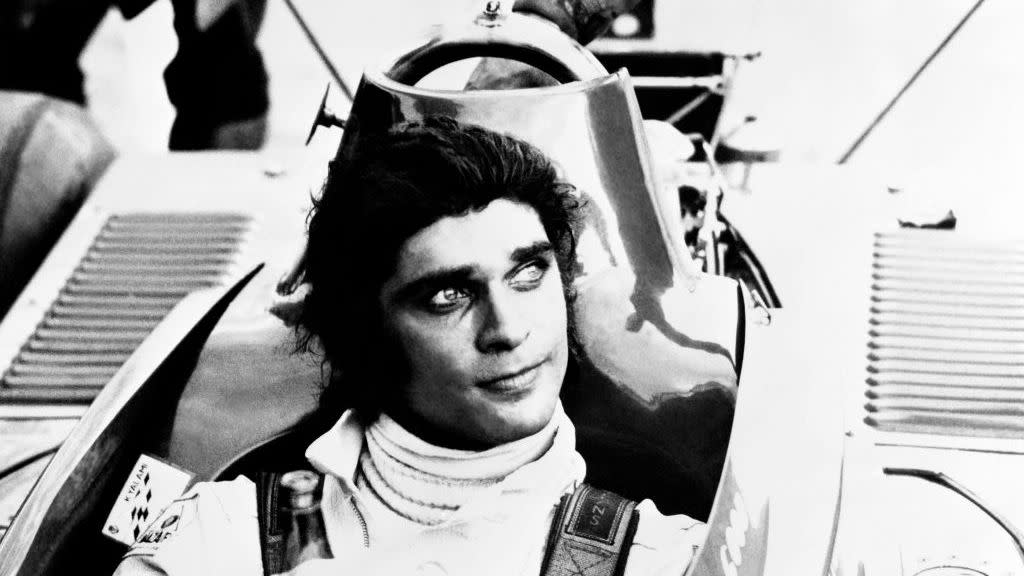
Fifty years ago, on October 6, 1973, the international motorsport world turned to Watkins Glen for the United States Grand Prix, the final race of the Formula 1 season. That morning, as the crowds descended on pit lane, driver Francois Cevert slipped on his helmet, which had the colors of the French flag in stripes and “F. Cevert” painted on the sides. The junior driver to Jackie Stewart on the Elf Tyrrell Ford team, Cevert was one of the most charismatic competitors on the grid, and he had won the U.S. Grand Prix here at the Glen two years earlier.
“Francois Cevert was a perfect, olive-skinned, blue-eyed specimen of a man,” the famed motorsport writer Xavier Chimits said of him. The Frenchman was an accomplished piano player, a beau of Brigitte Bardot, and a driver seemingly of unlimited potential who, for the first time in his career, was proving himself faster than his mentor Jackie Stewart.
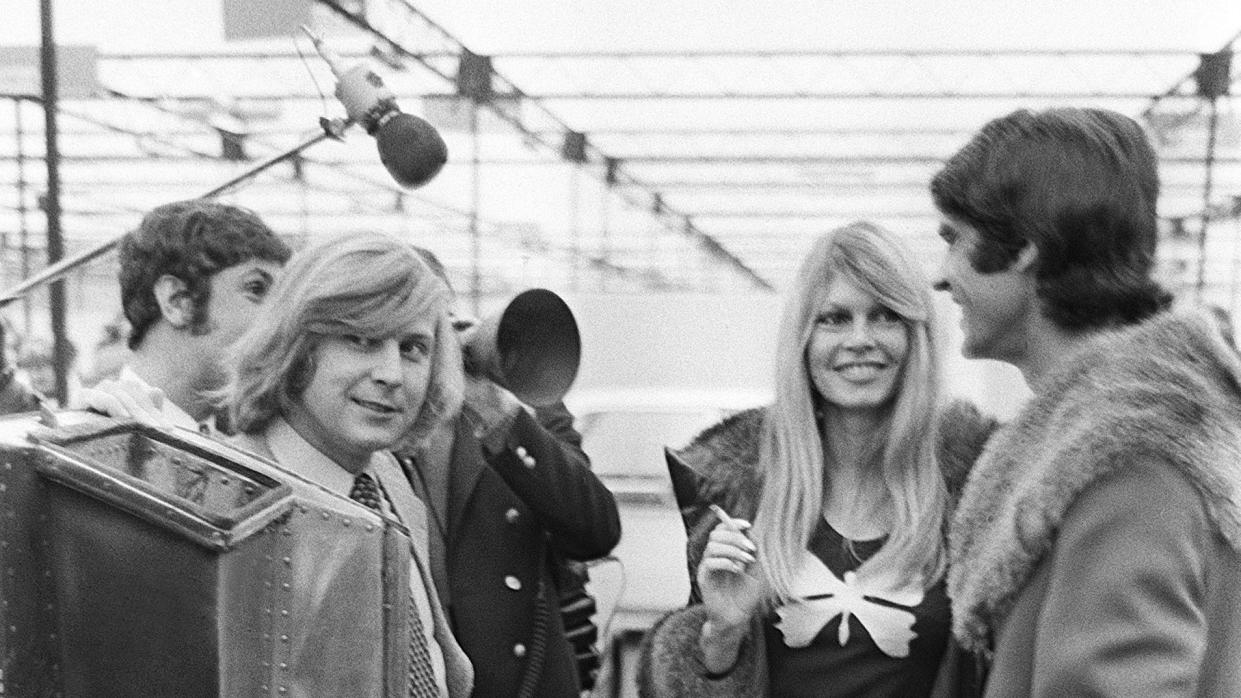
“I remember how high Jackie was on Cevert as his teammate,” Mario Andretti recalls. “He was saying, there’s a future world champion here. Jackie was planning on retiring.” Which meant Cevert would become number one on the reigning constructors champion team. “He was regarded highly as a potential future champion,” Andretti recalls. This was something no Frenchman had ever achieved. Cevert had an entire nation willing him to win.
Cevert’s real surname was Goldenberg. His father was a Jew who had joined the French resistance against Nazi occupation during WWII, and he and his wife had changed their childrens’ name, fearing they would be captured and deported to a concentration camp. Under the French name Cevert, Francois had started street racing his mother's Vespa scooter as a teenager against his friends. By 29, he’d earned 13 podiums and 89 points in Formula 1. He was the second Frenchman ever to win an F1 race, and had finished third in the championship in 1971.
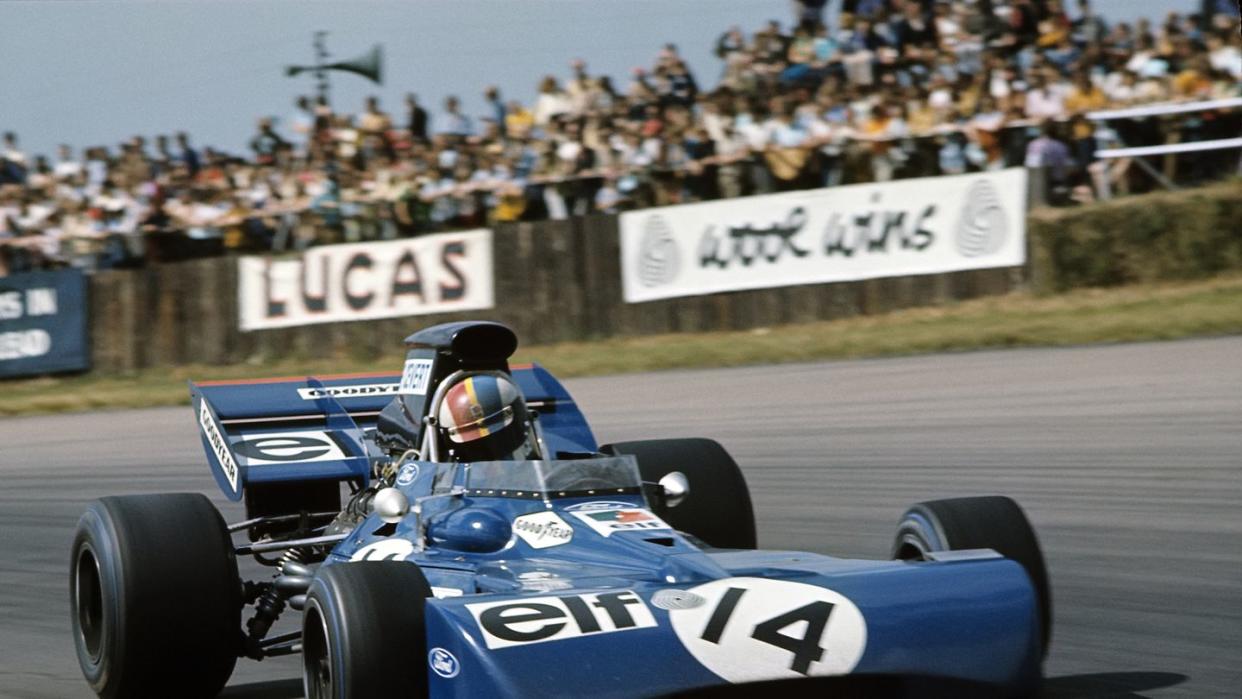
During a qualifying lap at the Glen, Cevert’s Elf Tyrrell Ford accelerated violently into the uphill esses toward the back of the circuit when he touched a wheel on a curb and lost control. “He tried to correct,” recalled a track official, “but never was able to straighten out. I watched him go out of control and had to stand by helplessly as he crashed.”
YouTube footage shows the pit area when the news arrived. “Who is it?” Colin Chapman, the Lotus team impresario, is seen saying. “Cevert,” says a man wearing panic on his face. “Oh no. How bad is it?” “Very bad.” “Cevert,” Chapman said. “Bloody hell.”
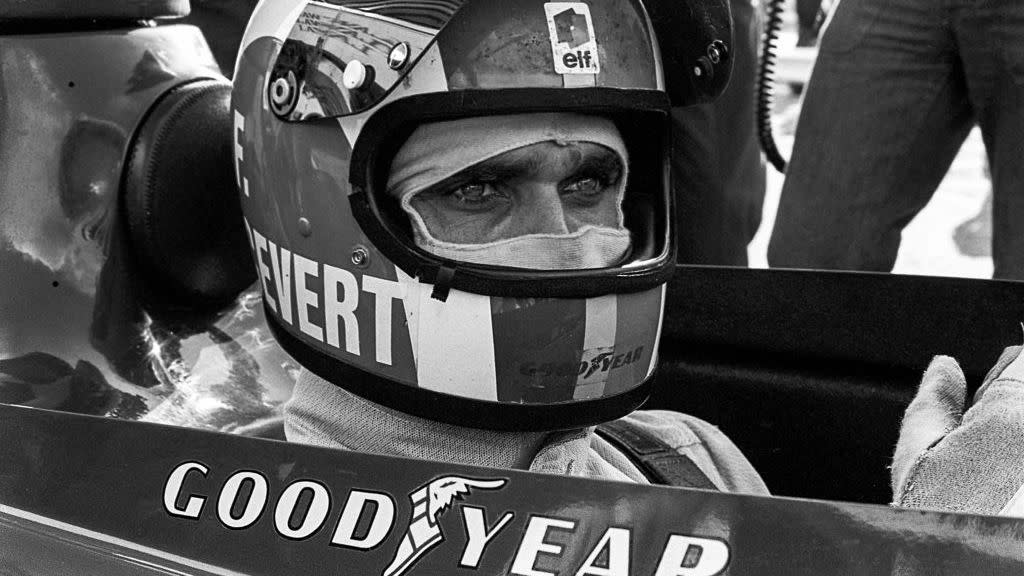
Given the state of his car, which was crushed and flipped over a guardrail, Cevert had no chance at survival and his death was announced in headlines all over the world the following morning. “I was so distraught and disgusted by the severity and the destructiveness of the accident,” Stewart (who had already clinched the championship) later recalled. “When you have someone of that stature pay the ultimate price, it rattles everyone,” recalls Andretti, who at the time had 19 starts in F1, ten of them with Ferrari.
But Cevert’s death, in retrospect, can be seen as an inflection point, with a lasting legacy that is still felt in the sport today. There had been, by today’s standards, an unimaginable death toll in Formula 1, during that era. Cevert’s demise was a last straw.
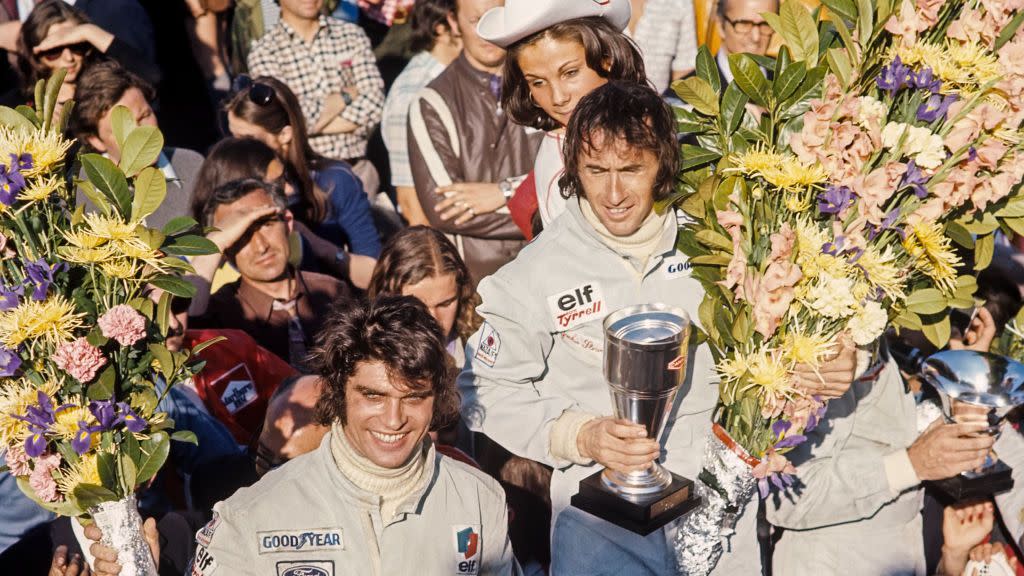
Stewart never competed in Formula 1 again. The three-time World Champion went on to make, arguably, his most important contribution to motorsport: the quest to make it more safe. “I’ve been through this before,” Stewart said on the day Cevert died. “Too many times before.” In the book that he had just published, Stewart had written about his good friends who had perished at high speed, including Jimmy Clark, Piers Courage, Jo Siffert, Bruce McLaren, Jochen Rindt, and Joachim Bonnier. Following Cevert’s death, Stewart led the charge to change Formula 1.
Throughout the 1970s, Formula wrote new regulations into the rulebooks to prioritize safety, including rules on the design of the cars, improved onboard fire equipment, regulations for fire-resistant clothing, standards for helmets, obligatory rescue exercises at tracks, track design, and driver license qualification requirements. In 1978, the FIA named neurosurgeon Sid Watkins—known colloquially as Professor Sid—as Formula 1’s Safety and Medical Delegate, and chief of a new innovative medical team that traveled to races all over the world, ultimately saving the lives of numerous high-profile drivers in future crashes.
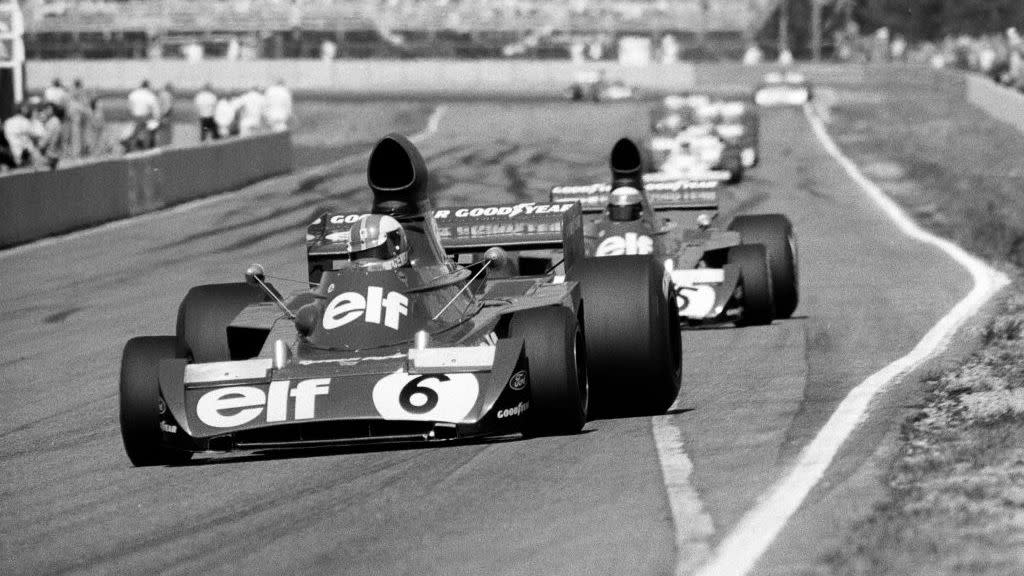
“It took a long time,” Andretti recalls, “and honestly, the sport would not have survived if the safety aspect was not dealt with vigorously by the sanctioning bodies, and we’re at a good place now because of that.”
Today, Cevert is remembered as a tragic figure—“the enigmatic jewel of the Formula 1 circuit,” as one writer recently put it. There is no question that his death helped to save lives. Today, Formula 1 has not seen a fatality in years. Cevert’s death “advanced the cause immeasurably,” says Andretti. “No question, it contributed [to the safety movement]. We can say clearly he did not die in vain.”
You Might Also Like
